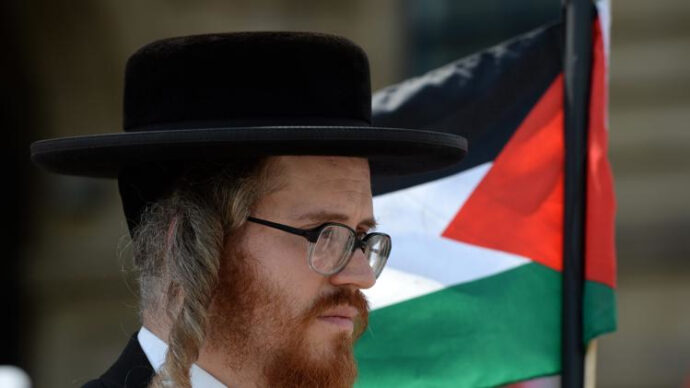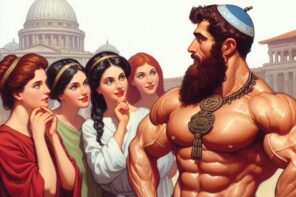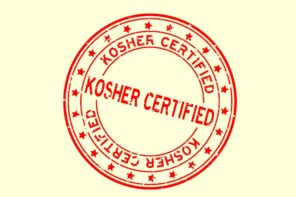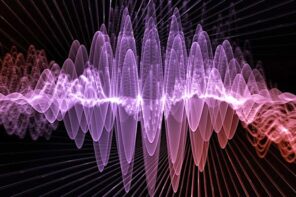Human rights groups methodically tally each man, woman and child killed in Gaza (797 as of this writing, most of them civilians, 5,100 wounded), while the media arm of the Israeli Defense Forces offers counter-tallies: the number of missiles Hamas has fired (2,270)—some reaching as far north as Jerusalem—the number of Hamas’ smuggling tunnels uncovered (31), the number of Israeli soldiers killed in action (29). These numbers will likely change every hour.
In the weeks leading up to the Israeli invasion of Gaza and now as increasingly grisly accounts and bloody images emerge of Palestinian homes and hospitals blown apart, American Jews are conflicted—alternately protesting against or rallying behind the Israeli state, following each development obsessively, or turning their faces away from what is being carried out in their name. “I don’t know how to react,” a middle-aged New Yorker with Israeli family admits. “I really have no idea. I want to stay out of it.”
At Romemu, a Renewal community that gathers on the Upper West Side, Rabbi David Ingber prays for peace. He faces the ark and, opening his arms wide, says: “Let us pray for the children in this conflict, the children on both sides.” Services here are held in an old church and there is no air conditioning; fans whir and one woman waves a prayer book back and forth to cool herself. The crowd of about 300 sings a niggun, a wordless melody, accompanied by a djembe and a guitar. As the tempo increases, congregants clap their hands and sway from side to side. Some close their eyes. A barefoot child dances on the carpeted floor.
At an Orthodox temple in midtown, Rabbi Arthur Schneier, a Holocaust survivor, lights candles in remembrance of the three teenage Israeli settlers whose bodies were found buried in the West Bank, likely killed by Palestinians, at the beginning of the month. “We are fighting the scourge of terrorism,” he says to the crowd of one hundred gathered at Park East Synagogue. “We pray to God for an end to this tyranny, for a time when hatred is not taught to children. These boys were cut down as they studied law, studied the Torah.”
New York Councilman David Greenfield is invited to the bimah where he says, “The war for Israel’s survival is happening on Twitter and Facebook, in the papers and on the evening news.” People in the crowd nod their heads. “You know what I’m talking about. Each and every one of you has the obligation to stand up and speak out. Don’t allow your colleagues to trash Israel. We need to punish our political enemies. This is the least we can do to honor these boys’ memory.” There is more applause.
The final speaker, the president of the temple admits he doesn’t know what to say. Words fail. “Justice must be carried out.” He stumbles through his sentences. “Either diplomatically or otherwise. Either at the negotiating table or by other means.” There is applause, the cantor leads a prayer, and the crowd files out onto the hot, New York street.
Nearby, outside of the Israeli consulate, a protest against the Israeli bombing of Gaza has drawn a crowd of hundreds. They gather in a barricaded section off of Yitzhak Rabin Way. Two middle-aged women carry signs over their heads which read, “Not In Our Name, Jews For Peace.” One has long, gray hair, wears a flowery dress, and has an “Occupy Wall Street, Not Palestine” button pinned to her jacket.
At the microphone Yisroel Dovid Weiss, a spokesperson from Naturei Karta, a group of anti-Zionist Haredi Jews, greets the crowd with Salaam Aleikum, and calls Israel an “abomination” whose “very existence is an offence to the Almighty.” The crowd cheers.
“Zionism is a rebellion against God, a base nationalism that has no space or place in the Jewish religion,” he says. “We oppose the occupation because we are Jewish.” Payos hang down on either side of his face; he wears a fedora and a Palestinian flag wrapped around his neck. “This was given to me by an Arab,” he later explains.
Thousands of miles away an American émigré from Brooklyn takes the train to Sderot from his apartment outside of Jerusalem. He wants to see what is happening in Gaza for himself, so he climbs a hill on the northwest side of the city, overlooking Beit Hanoun and further south, Gaza City with its 500,000 Palestinian residents. The buildings look small from here and he can’t make out any movements. At the center of world news, just a mile away, but still obscured.
He watches as rockets are launched from building-tops in Gaza, leaving long wispy streams as they arch into the air. Far more dramatic is when Israel strikes: the missiles make huge explosions, plumes of black smoke spreading over the skyline. It looks like the city is on fire. Buildings are obliterated, people inside, reduced to rubble in seconds.
There is a crowd here, watching from lawn chairs and perched on tailgates. Someone is smoking a hookah. The Israeli-American can only speculate as to why they come. Because they are blood-thirsty? To pray for an end? To bear witness? It isn’t clear.
After spending two hours watching his country bomb Gaza, he’s had enough. If called to join the other reserves in the ground invasion, he would load his weapon and fire it for the place he now calls home. But tonight he walks down the hill, takes the bus, then a train, then another bus, back to Jerusalem.





